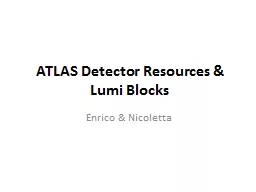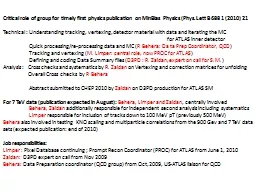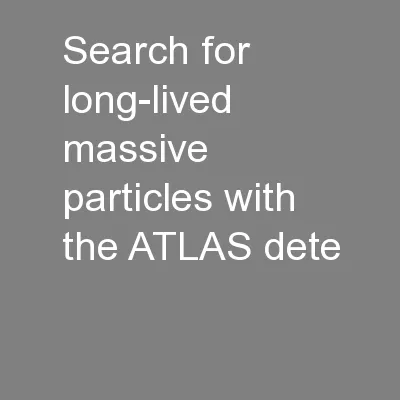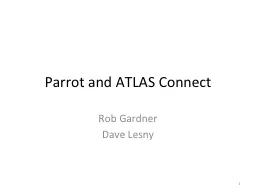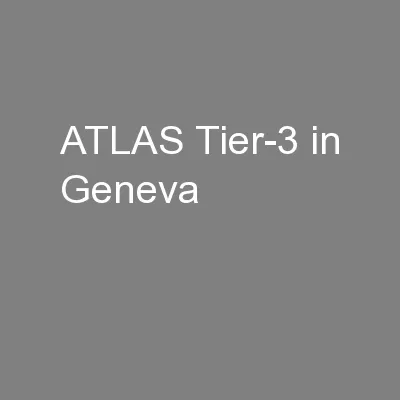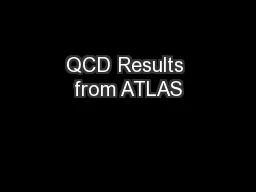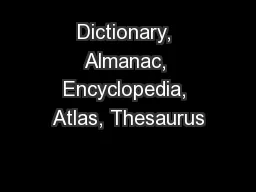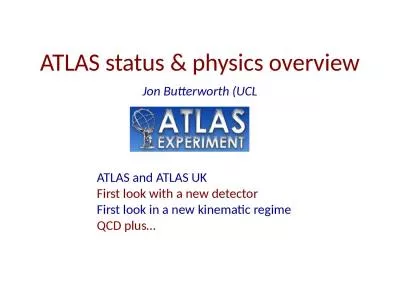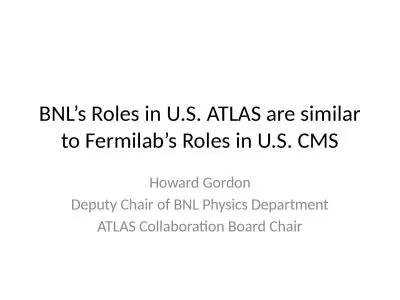PPT-ATLAS Detector Resources &
Author : alida-meadow | Published Date : 2018-02-28
Lumi Blocks Enrico amp Nicoletta Lumi Block LB ATLAS data taking runs divided into intervals of time Lumi Blocks 1 minute long last year Data events within a LB
Presentation Embed Code
Download Presentation
Download Presentation The PPT/PDF document "ATLAS Detector Resources &" is the property of its rightful owner. Permission is granted to download and print the materials on this website for personal, non-commercial use only, and to display it on your personal computer provided you do not modify the materials and that you retain all copyright notices contained in the materials. By downloading content from our website, you accept the terms of this agreement.
ATLAS Detector Resources &: Transcript
Download Rules Of Document
"ATLAS Detector Resources &"The content belongs to its owner. You may download and print it for personal use, without modification, and keep all copyright notices. By downloading, you agree to these terms.
Related Documents

